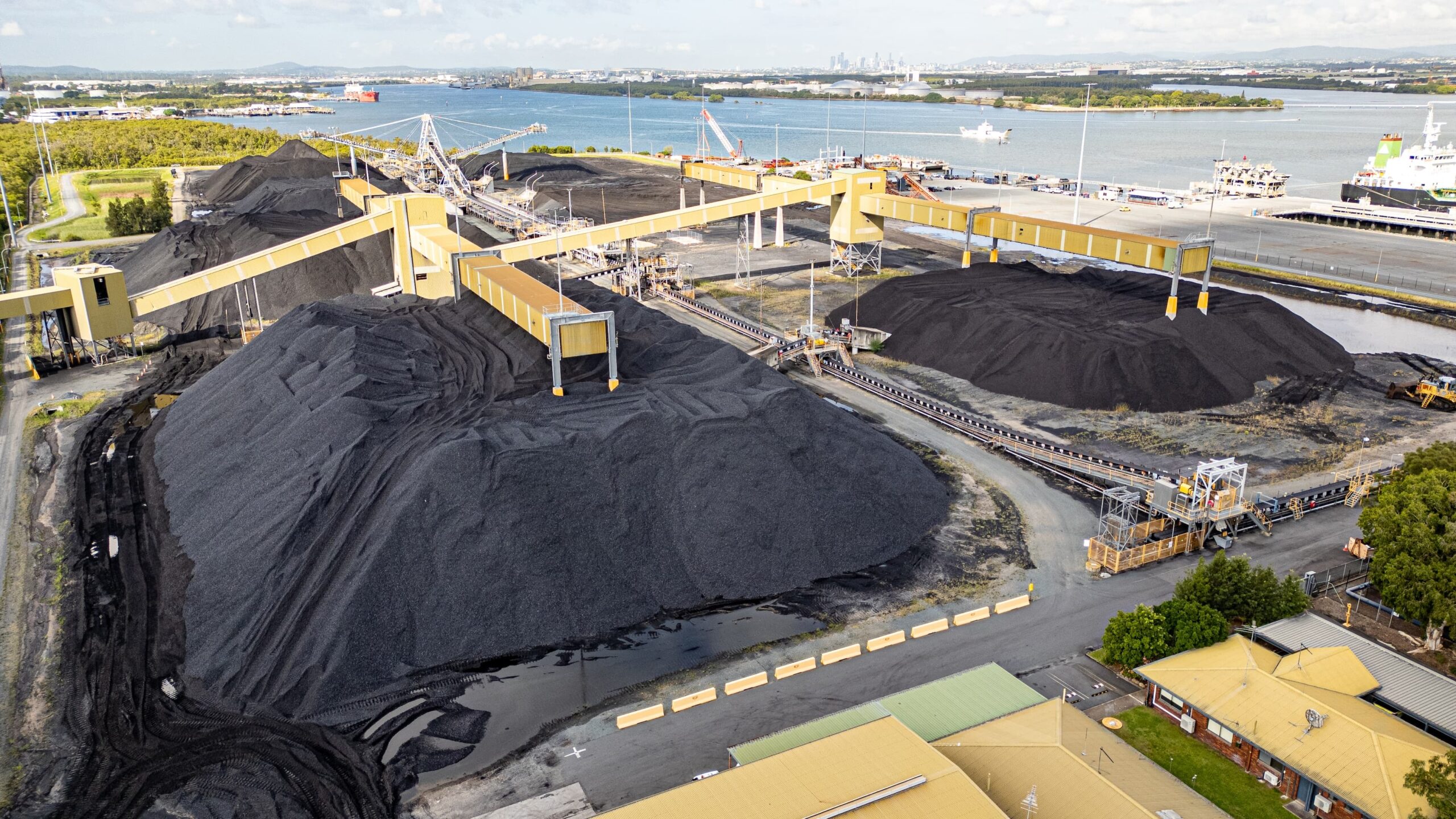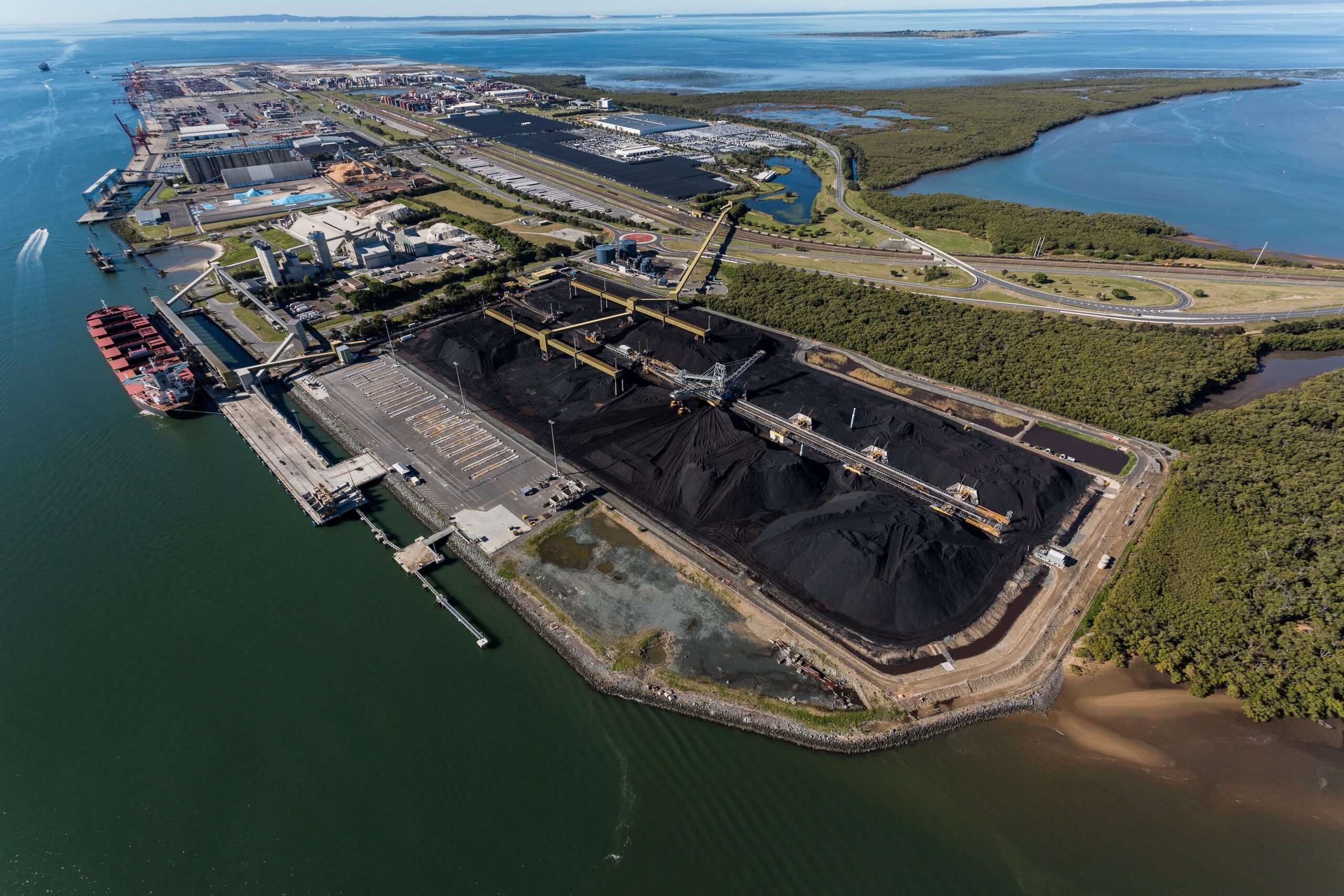About us
Queensland Bulk Handling is a 12 million tonnes per annum coal export facility.
Coal exported from QBH is received by rail from mines in the Surat Basin coal fields.
Our design emphasises productivity. Strong relationships with rail providers and integration with Queensland’s rail network enable us to process coal shipments quickly and efficiently.
We have the ability to store multiple types of coal and can blend coal to meet our customer’s requirements.


